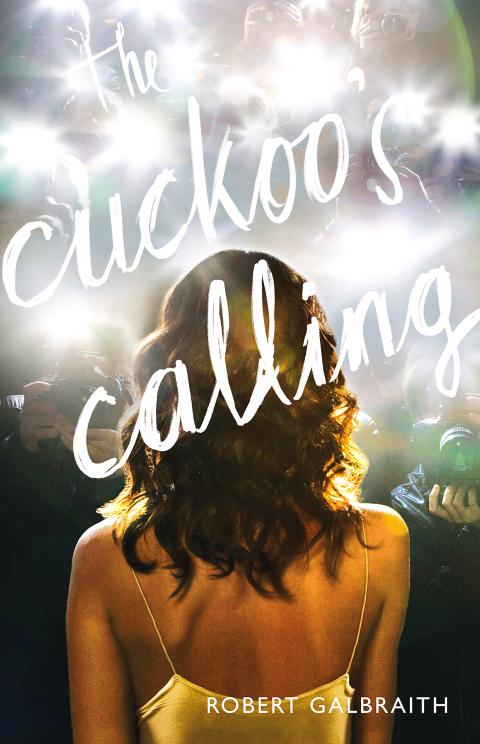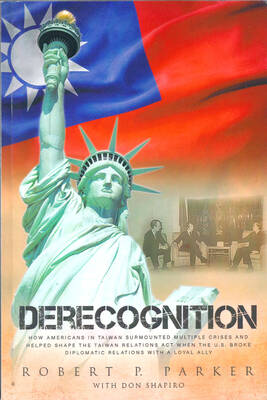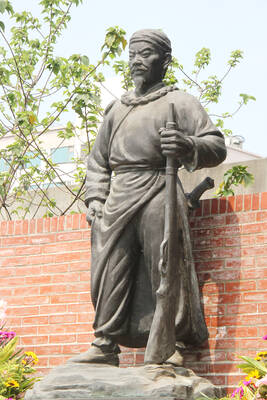The detective novel The Cuckoo’s Calling by Robert Galbraith — who was unmasked a few days ago as a pseudonym for J.K. Rowling of Harry Potter fame — doesn’t provide the reader with many clues to its author’s real identity. There are no wizards, witches or dementors in this novel; no magic or sorcery in its plot. Instead, the book is set in an all-Muggles London and features a disheveled, Columbo-esque detective named Cormoran Strike who takes on a case that plunges him into a posh world of supermodels, rock stars, movie producers and social-climbing wives.
Still, there are aspects of the novel that might have made some readers wonder about Galbraith’s background — at least from the jacket-flap description of him as a civilian security expert who previously worked with the Royal Military Police and its special investigations branch. After all, how many former military men are more adept writing about high fashion — describing a “clinging poison-green” Cavalli dress, vintage Ossie Clark confections and “ fabby handbags” with custom-printed “detachable silk linings” — than they are about their hero’s war experiences in Afghanistan or his training in forensics?
That said, Galbraith has written a highly entertaining book that’s way more fun and way more involving than Rowling’s sluggish 2012 novel, The Casual Vacancy. Even better, he has introduced an appealing protagonist in Strike, who’s sure to be the star of many sequels to come. The Cuckoo’s Calling is not a novel that calls upon the wonderful gifts of inventiveness that Rowling used in Harry Potter to conjure a fully imagined world with its own rituals and rules. It isn’t anywhere as deep or ambitious as those earlier books — nor is it meant to be.

Whereas the Potter novels tackled good and evil and the loss of innocence, The Cuckoo’s Calling is concerned with more mundane matters, like midlife crises and class envy and the social anthropology of contemporary London. It sends up the moneyed world of the city’s glitterati, and explicates the pressures of celebrity and fame (something both Rowling and Harry Potter know quite a bit about).
In writing the Potter saga, Rowling seemed to have inhaled a vast array of literature (everything from the ancient myths and the Bible to Shakespeare, Tolkien, the Oz books, Star Trek and Star Wars) and made it her own. In The Cuckoo’s Calling Rowling — er, Galbraith — seems to have similarly studied the detective story genre and turned its assorted conventions into something that, if not exactly original, nonetheless showcases her satiric eye (most in evidence in the Potter books in her portraits of the bureaucrats and blowhards associated with the Ministry of Magic) and her instinctive storytelling talents.
The hero of Cuckoo, Strike (a lumbering bear of a man with “the high, bulging forehead, broad nose and thick brows of a young Beethoven who had taken to boxing”) is part old-school private eye — a hard-luck tough guy with an almost existential take on life. And he’s part British-style Sherlock, using logic and deduction, not physical intimidation, to put together the puzzle pieces of his case. We learn that Strike is the illegitimate son of a famous rock musician and his groupie girlfriend, that he joined the army after his mother’s death, and that he lost “half his leg” in Afghanistan. Recently, he has hit rock bottom: His private detective business has entered a fiscal death spiral; he and his longtime girlfriend, Charlotte, have broken up; and he’s now living in his office and subsisting on noodle soup.
Two things immediately happen to change Strike’s luck and kick-start this novel: A smart, pretty office temp named Robin Ellacott shows up at his office to fill in as his assistant; and a seemingly cultivated but nervous new client by the name of John Bristow walks in the door and asks for help. Bristow’s case: Prove that the death of his adopted sister, the famous model Lula Landry, known as Cuckoo, was not a suicide but a murder.
In her Potter novels, Rowling learned how to simultaneously push her story forward while filling in missing details of her characters’ pasts and dropping a lot of clues (and red herrings) along the way. And here, Robert Galbraith manages something similar (and without using magical memory devices like the Pensieve). In fact, as Strike investigates how Lula came to fall to her death from the balcony of her fancy “five-star” Mayfair apartment building, we gradually come to learn a lot more about both Lula’s and Strike’s back stories and how their lives actually dovetail.
Lula initially seems like a sort of cartoon version of Kate Moss: a world famous, club-hopping, paparazzi-pursued model, who has served as a muse to high-profile, hipster designers and has been immortalized in pop songs. She has even been given a drug-using, rocker boyfriend named Evan Duffield, who bears more than a passing resemblance to Moss’ onetime beau Pete Doherty.
Bit by bit, Strike reconstructs what Lula was doing in the last two days of her life, and as he does, a fuller portrait of her emerges. Along the way, witnesses and the chief suspects in her murder also evolve from familiar stock types — plucked from the tabloids, television soaps and Evelyn Waugh novels — into more fully formed characters, by turns tetchy, willful, manipulative, mercenary and mendacious.
There’s her mysterious pal from rehab, Rochelle, and her designer friend Guy Some, who featured her as a dark angel in a famous ad for his company, along with her model friend Ciara Porter. There’s her nasty and racist Uncle Tony; her ailing and drug-addled adoptive mother, Lady Yvette; and her money-grubbing birth mother, Marlene Higson. Then there are her neighbors: a famous American rapper by the name of Deeby Macc, an odious movie producer named Freddie Bestigui and his now-estranged wife, Tansy, who claims to have seen Lula’s fatal plunge.
The Cuckoo’s Calling is flawed by a Psycho-like explanatory ending — in which Strike explains how he put all the evidence together and identified Lula’s killer — but most of its narrative moves forward with propulsive suspense. More important, Strike and his now-permanent assistant, Robin (playing Nora to his Nick, Salander to his Blomkvist), have become a team — a team whose further adventures the reader cannot help eagerly awaiting.

One of the biggest sore spots in Taiwan’s historical friendship with the US came in 1979 when US president Jimmy Carter broke off formal diplomatic relations with Taiwan’s Republic of China (ROC) government so that the US could establish relations with the People’s Republic of China (PRC). Taiwan’s derecognition came purely at China’s insistence, and the US took the deal. Retired American diplomat John Tkacik, who for almost decade surrounding that schism, from 1974 to 1982, worked in embassies in Taipei and Beijing and at the Taiwan Desk in Washington DC, recently argued in the Taipei Times that “President Carter’s derecognition

This year will go down in the history books. Taiwan faces enormous turmoil and uncertainty in the coming months. Which political parties are in a good position to handle big changes? All of the main parties are beset with challenges. Taking stock, this column examined the Taiwan People’s Party (TPP) (“Huang Kuo-chang’s choking the life out of the TPP,” May 28, page 12), the Democratic Progressive Party (DPP) (“Challenges amid choppy waters for the DPP,” June 14, page 12) and the Chinese Nationalist Party (KMT) (“KMT struggles to seize opportunities as ‘interesting times’ loom,” June 20, page 11). Times like these can

JUNE 30 to JULY 6 After being routed by the Japanese in the bloody battle of Baguashan (八卦山), Hsu Hsiang (徐驤) and a handful of surviving Hakka fighters sped toward Tainan. There, he would meet with Liu Yung-fu (劉永福), leader of the Black Flag Army who had assumed control of the resisting Republic of Formosa after its president and vice-president fled to China. Hsu, who had been fighting non-stop for over two months from Taoyuan to Changhua, was reportedly injured and exhausted. As the story goes, Liu advised that Hsu take shelter in China to recover and regroup, but Hsu steadfastly

You can tell a lot about a generation from the contents of their cool box: nowadays the barbecue ice bucket is likely to be filled with hard seltzers, non-alcoholic beers and fluorescent BuzzBallz — a particular favorite among Gen Z. Two decades ago, it was WKD, Bacardi Breezers and the odd Smirnoff Ice bobbing in a puddle of melted ice. And while nostalgia may have brought back some alcopops, the new wave of ready-to-drink (RTD) options look and taste noticeably different. It is not just the drinks that have changed, but drinking habits too, driven in part by more health-conscious consumers and